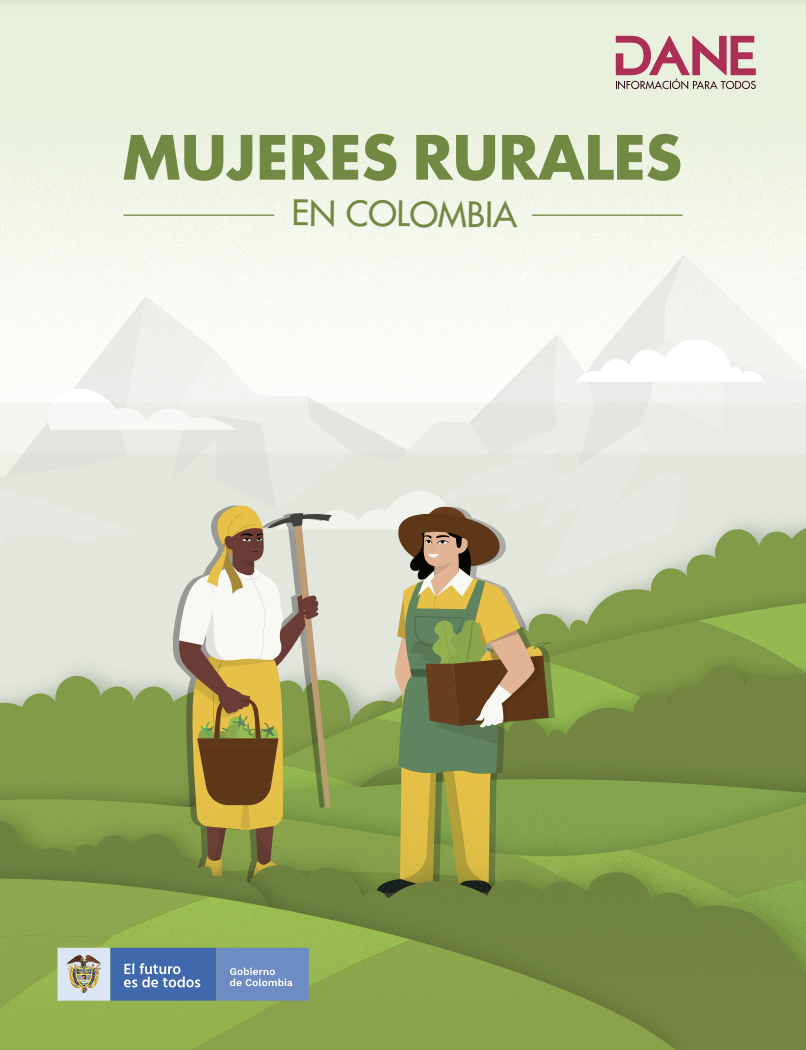In the Colombian high-altitude tropics (2,200–3,000 m.a.s.l.), Kikuyu grass (Cenchrus clandestinus) is the main feed source for the dairy system. This grass species has good characteristics regarding adaptability and productivity, but is affected by frost, grass bugs (Collaria spp.) and…
Cassava is a commodity root crop grown globally for food and industrial purposes. In Colombia, it is the ninth most planted agricultural product involving more than 140 thousand farmers. Despite the key role it plays in the Colombian agricultural sector, information regarding the crop’s…
The COVID-19 pandemic has brought impacts on the food system in several ways, such as on the supply and demand of food or changes in consumer preferences. However, little is known yet about these effects but needs to be analyzed to define actions and policies for crisis mitigation and achieving…
By fostering and coordinating multi-stakeholder platforms such as the Academic Dialogue Platform on Food and Nutritional Safety, the International Centre for Tropical Agriculture (CIAT) aims to generate knowledge and articulate work on the city’s food system by bringing…
The urban planning ideas proposed by Jane Jacobs in the 1960s remain relevant to this day, promoting a perspective on the relationship between urban morphology and the community that takes into consideration the experiences of the people themselves in the planning of cities. With Jacobs’ ideas…
Much of the research on urbanization has focused on how rural populations move to cities for work opportunities. This paper takes a different perspective on the relations between rural populations and urbanization. The livelihoods of rural dwellers on the outskirts of the city of Bogotá in…
El Departamento Administrativo Nacional de Estadística – DANE, en reconocimiento de la necesidad de visibilizar las situaciones de vida de todos los grupos poblacionales, presenta este boletín descriptivo que pretende mostrar un panorama de las condiciones de vida de las mujeres rurales en…
In line with the Urban Agenda for the EU, this article highlights the importance of local actions in the conservation of biodiversity, both through specific activities and by increasing the availability of information. As such, the policies and projects related to the conservation of…
Urbanization of the countryside affects rural areas, especially in the immediate surroundings of large cities. Normally, this occurs as an unpromoted process, but in Chile, it is driven by the legal framework. This research focuses on rural residential plots (RRPs) around the capital city,…
Since the middle of the 20th century, irrigation in the southeast of Spain has displayed significant productive growth based on the intensive use of the scarce water resources in the area and the contribution of river flows from the hydrographic basin of the Tagus River to the hydrographic basin…
In the last decade, efforts to re-localize the food system have been gaining ground in a way that is intended to induce changes in the primary sector, thereby improving its conditions and sustainability. The European Union has identified food as one of the ten key sectors with outstanding…
Nine Latin American countries plan to use silvopastoral practices—incorporating trees into grazing lands—to mitigate climate change. However, the cumulative potential of scaling up silvopastoral systems at national levels is not well quantified. Here, we combined previously published tree cover…






